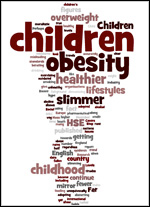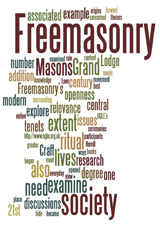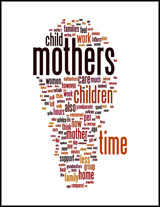The secret agendas of health promotion
In May of this year we published a criticism of a paper in Health Promotion International. The paper dealt with the ways in which health promotion workers deceive their funders and the public in order to promote their own hidden agendas.
The first author of the paper, Penny Hawe, is clearly not happy with what she calls a 'misinterpretation of the context and subject' of the reported research.
We stand by the comments we made. However, since we strive to maintain balance and fairness, her letter is published in full below. You can read the original SIRC article if you click here.
Dear Editor,
In May your website featured an article quoting from a recent publication of ours in Health Promotion International entitled "Working invisibly: health workers talk about capacity-building in health promotion"(1998;13(4):285-295). With respect, the article was a misinterpretation of the context and subject of our research. The health workers we spoke with don't have "clients" as your article suggests, and they are not working secretly to encourage people to adopt "correct lifestyles". Where did you get this idea? The participants in our study were talking about the strategies they use to get institutions (like health services) to rethink the focus of their care and become more oriented towards prevention (rather than just treatment). They were talking about organisational development and community development. Indeed those that are funded under conservative funding programs (like cardiovascular disease prevention) were talking about the strategies they use to encourage their colleagues to take a more social and structural view of health problems. This is difficult when the dominant view of health is strictly behavioural risk factors, in spite of increasing rhetoric to the contrary.
I think your article is an example of professional stereotyping, resulting from a very narrow view of health promotion. This distracts from the critical interrogation and self reflection the health workers in our project were honestly and openly engaged in, and the issues they sought to bring into broader debate (ie, the consequences of "working secretly"). "Working invisibly" is common among many types of practitioners. The fact that practitioners feel that they have to do so says something about the organisational climate in which they are placed. I believe many workers involved in both organisational and community-level change processes would share and identify with the concerns workers in our study raised about ethics and transparency of values. My hope is that your misreading of the study does not prevent others from appeciating the points it raises.
Penny Hawe
Department of Public Health and Community Medicine (A27)
University of Sydney, NSW 2006 AUSTRALIA.





